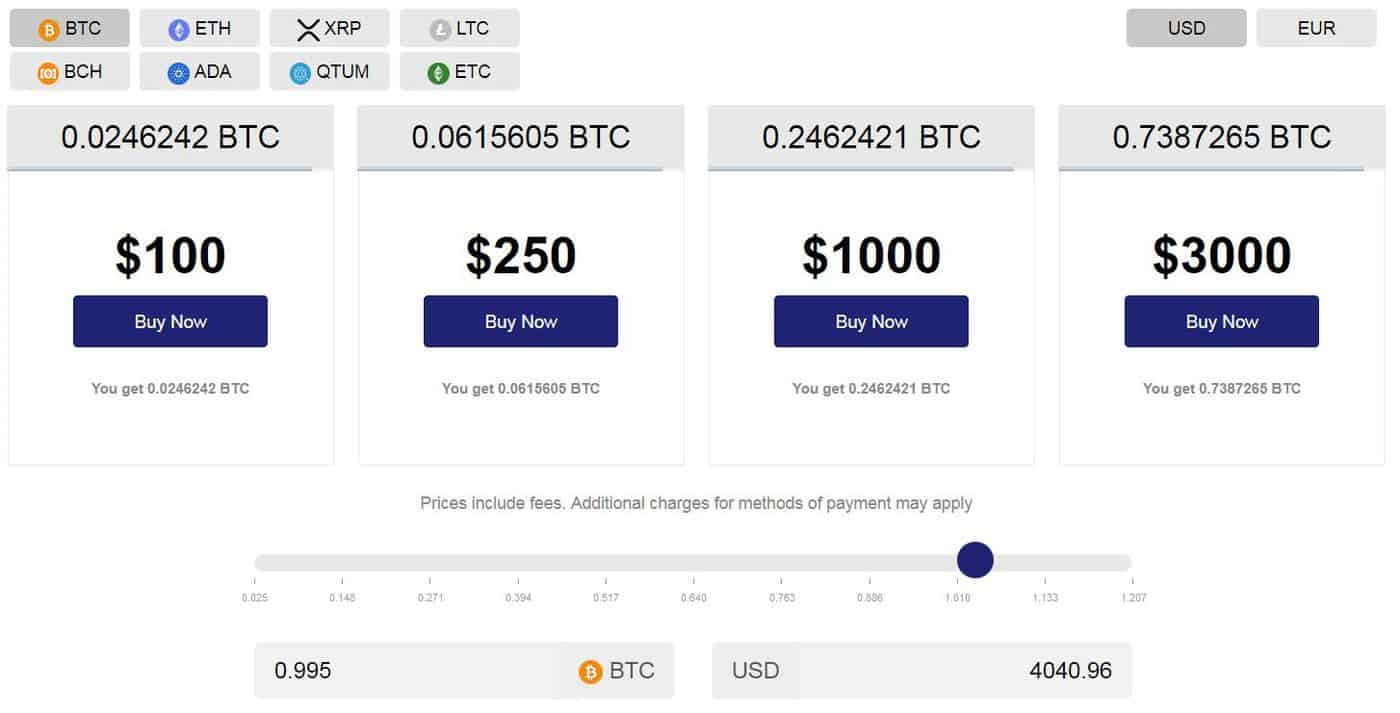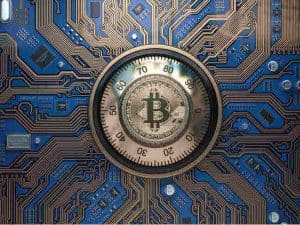One of the common myths about Bitcoin is that it’s too expensive to buy any, now that price has risen into the range of thousands of Dollars. While it’s true that a whole bitcoin (or 1 BTC) has become very valuable, what the myth fails to address is that it’s entirely possible to buy fractional amounts of bitcoin.
For example, if a whole 1 BTC is unaffordable, it’s quite possible to buy half a bitcoin (0.5 BTC), or a quarter bitcoin (0.25), and so on…
In fact, the smallest unit of bitcoin, known as a satoshi, costs much less than a single US cent! Most people will therefore be able to afford some amount of bitcoin, if not a whole bitcoin.
As you probably guessed, the satoshi unit was named in honor of Bitcoin’s creator, Satoshi Nakomoto. If you want to convert your USD to Satoshi or vice versa, check out our Satoshi to USD converter.
Table of Contents
ToggleHow Much Bitcoin is 1 Satoshi?
One satoshi is equal to one hundred millionth of a Bitcoin. One satoshi is often abbreviated as “sat,” or even just “s.” In numbers; 1 sat = 0.00000001 BTC. That’s 8 decimal places after the zero. With spacing, this number becomes a little easier to process visually: 1 sat = 0.000 000 01 BTC. In other words, one bitcoin is equal to one hundred million satoshis.
Most people aren’t used to dealing with so many decimal places, given that regular fiat currencies usually have only 2 places, usually referred to as cents or pennies. Thinking in amounts smaller than “cents” can take some getting used to!
In practice, single satoshi amounts are seldom transferred. The primary reason is that there are very few goods or services available which cost less than a single cent! Another reason is that a Bitcoin transaction’s mining fee (which is necessary to ensure that the transaction is processed within a reasonable timeframe) is usually at least one hundred satoshis or higher.
Note: Bitcoin’s Lightning Network allows transactions to take place instantly and without mining fees. This opens up the possibility of making sub-cent transactions viable, by developing new business models based on tiny payments (known as “microtransactions”).
Example of Fractional Bitcoin Amounts for Sale
At Coinmama, we sell Bitcoin (and other cryptos) in amounts both below and above a full coin. On our homepage, you have the option of buying BTC in two ways:
1) Purchasing a Preset Amount below 1 BTC
Although Euros are also selectable as a payment method and 7 more altcoins are also available for purchase, in this example we see amounts of BTC on sale for some common US Dollar amounts:
- $100 buys about 0.024 BTC,
- $250 buys about 0.061 BTC,
- $1,000 buys about one quarter of a bitcoin,
- $3,000 buys about three quarters of a bitcoin.
You’ll notice that the amounts of Bitcoin for sale are rounded up to 7 decimal places. This makes the amounts a little easier to interpret.
Note: if the price of Bitcoin were to fall to $3,000 then, accounting for fees, slightly more than that amount would purchase a full bitcoin. Several years ago, it was even possible to buy a full bitcoin for $100!
2) Purchasing a Custom Amount of Bitcoin
If none of the pre-set amounts are suitable, the slider may also be used to select a custom amount between roughly $100 / €88 and $5,000 / €4285.
In this image, the slider has been dragged to purchase an amount of bitcoin just below 1 BTC.
Buying Larger Amounts of Bitcoin
The 2 examples above show how to buy a bit more than one 1 BTC down to about 2% of 1 BTC. Should you wish to buy large amounts of bitcoin from Coinmama however, it’s necessary to go through a more rigorous verification process. This will allow you to buy bitcoin for up to $1 million or about €875,000.
Other Bitcoin Units
As there are so many decimal places in Bitcoin, it can get cumbersome to refer to certain amounts. For example, an amount of 0.0008 BTC can be expressed as either:
- “Zero point zero, zero, zero, eight bitcoins,” or
- “Eighty thousand satoshis.”
Both ways of referring to this amount can be confusing, especially for someone new to Bitcoin. In an attempt to simplify such situations, some further units have been developed:
1) The Millibit (mBTC)
Also referred to as a “milli-bitcoin” or “millie,” 1 mBTC represents an amount of 0.001 BTC (one thousandth of a bitcoin) or 100,000 sat (one hundred thousand satoshis). One full bitcoin therefore equals one thousand millibits.
2) The Microbit (μBTC)
Also referred to as “bits,” 1 μBTC (pronounced “you-bit”) is equal to 0.000001 BTC (one millionth of a bitcoin) or 100 sat (one hundred satoshis). One full bitcoin therefore equals one million microbits.
3) The Millisatoshi (msat)
Yes, just to make matters even more “interesting,” it’s possible to get an amount smaller than a satoshi too! For now, the millisatoshi unit is only used on the Lightning Network. 1 msat amounts to 0.00000000001 (one hundred billionth of a bitcoin) or 0.001 sat (one thousandth of a satoshi). One full bitcoin therefore equals one hundred billion millisatoshis.
The reason we mention millisatoshis is that people often ask what will happen if Bitcoin’s price rises so high that a single satoshi becomes unaffordable to most. This could occur in the event that Bitcoin replaces the US Dollar to become the global reserve currency, or otherwise sees widespread mainstream adoption.
The answer is that more decimal units would be added via a fairly simple code change; such that millisatoshis and even smaller units would enter common usage. If you think about it, you’ll realize this wouldn’t lead to monetary inflation as there would still only ever be a maximum of 21 million bitcoins. The only difference would be that each bitcoin would become divisible to a greater extent.
Note: it’s not essential to know about all the other units used to refer to amounts of Bitcoin, although it’s often helpful to understand the more common terms, such as millibits (mBTC) and microbits (μBTC).
If you ever get confused when dealing with all these different units – which is quite understandable! – it’s recommended to convert the amount back to satoshis by writing it out in full. Take your time and beware any potentially costly mistakes!





